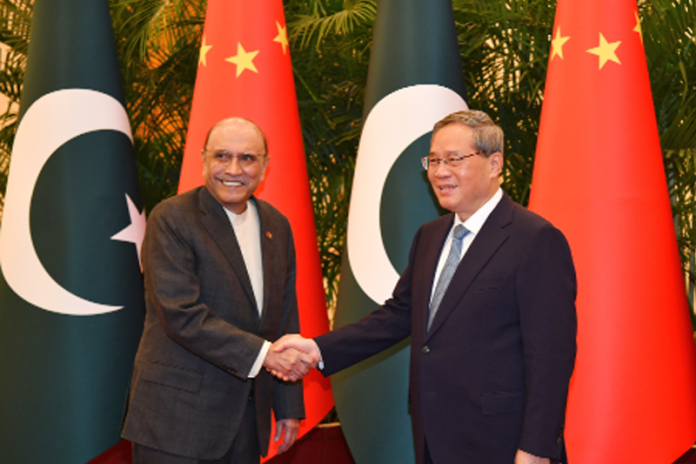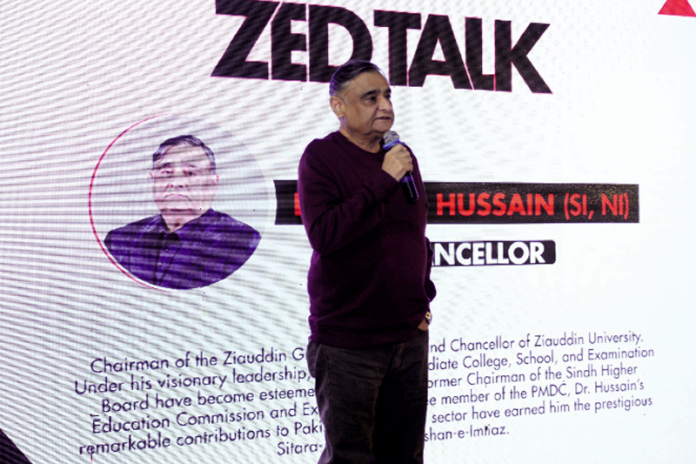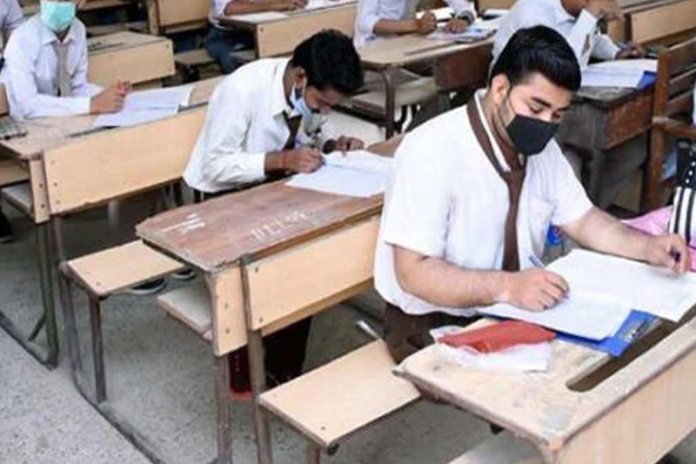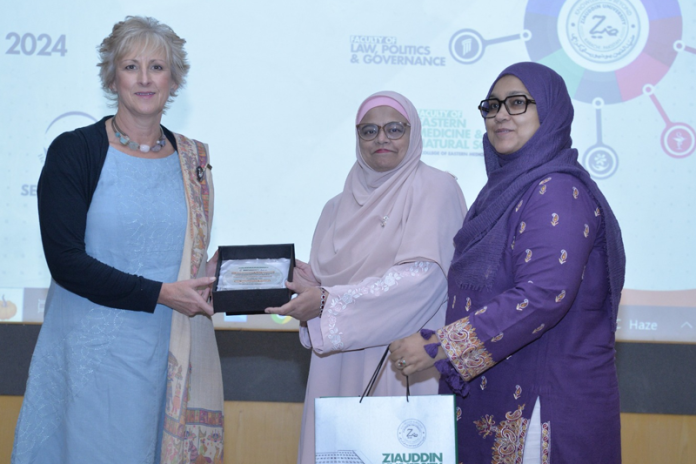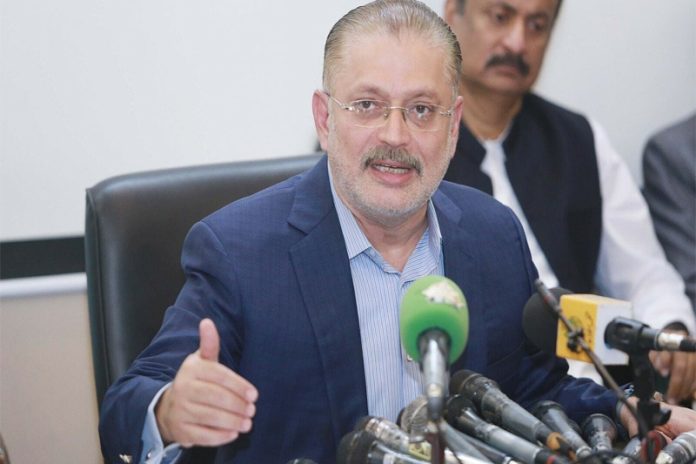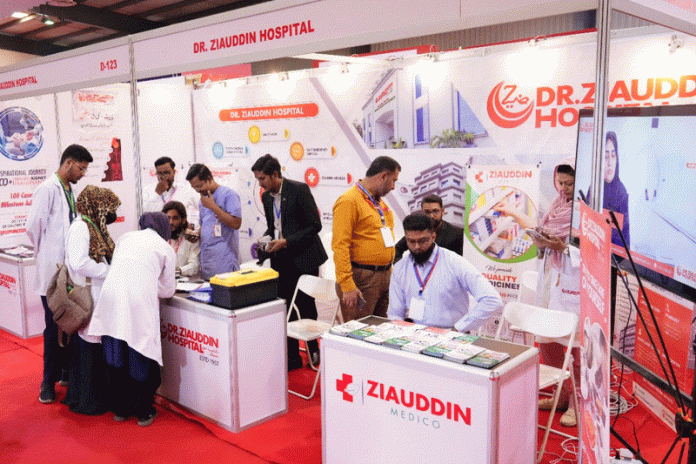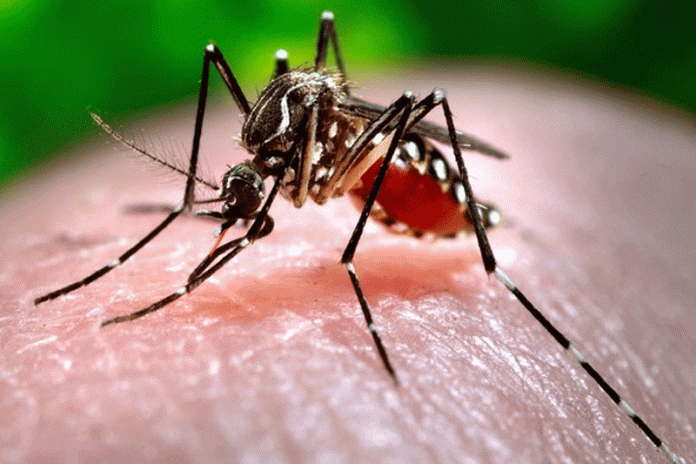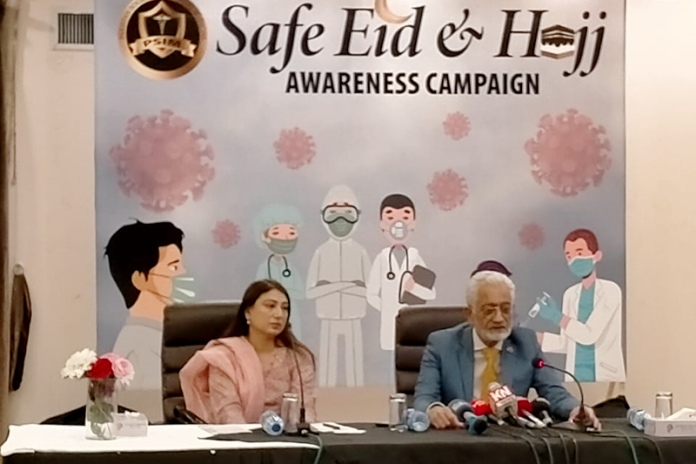Inflation: Up, Up and Away
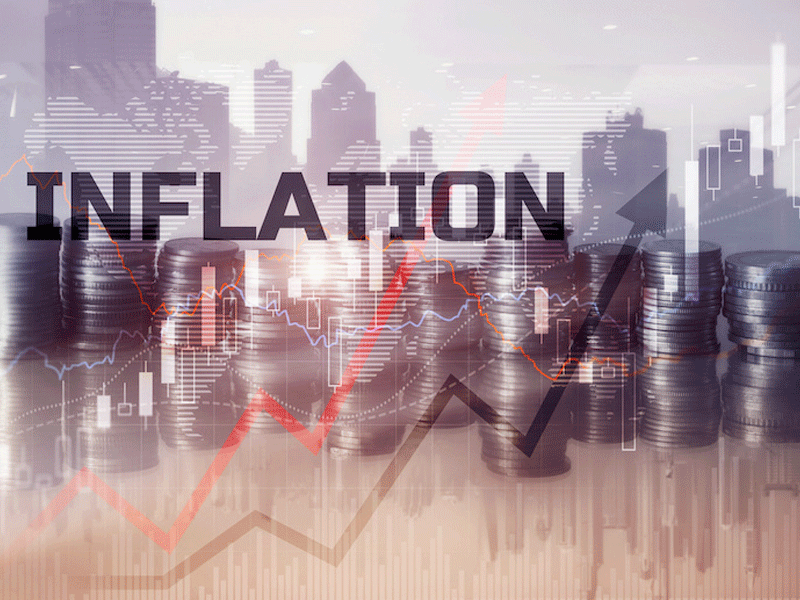
- 199
- 0
The problem of inflation has gone out of control and unfortunately, in March of this year, the rate of inflation reached 46.6%, the highest in South Asian countries, while it has been an average of 8% since independence.
The economic indicators of the country have fallen to such an extent that the Gross National Product (GDP) volume, growth rate and per capita income have recorded a significant decline during the current financial year. The size of the economy has decreased from 375 billion 44 million dollars last year to 341 billion 55 million dollars and the average per capita income has fallen from 1766 dollars to 1568 dollars per year.
Last year, 55 million people were below the poverty level in Pakistan, which has increased by 30 million people this year. Two measures of inflation in the country are SPI and CPI. SPI consists of 51 essential food items while CPI includes furniture, transport, education, clothing and petroleum products apart from food items. Inflation in June reached a high of SPI, 35 percent and CPI, 30 percent, causing food prices to double.
In the month of July, the prices of flour and tea increased by 100%, the prices of rice, wheat, chicken, sugar increased by 65 to 75%, while the price of electricity increased by 40%, the price of petrol increased by Rs. 17.50 and the price of diesel also increased.
An increase of Rs 20 per liter in transport fares, increase in prices of fertilizers and agricultural commodities created a storm of inflation.
One of the reasons for the rise in inflation in the country is the damage caused to agriculture by floods, which affected agricultural commodities and cotton crops, which had to be imported. Apart from this, the government had to accept several conditions for the restoration of the IMF program, including the increase in the prices of petroleum products and electricity. Money budget for additional taxes on the terms of the IMF, increase in electricity prices to pay the circular debt, raising the policy rate of the State Bank to 22% also increased the financial cost immensely.
Depreciation of foreign exchange reserves and rupee due to external debt repayments also contributed to inflation. In the last year and a half, the value of the rupee has fallen by a record 64% and since January by 24%, and our currency has become weaker than the currency of Bangladesh and Afghanistan.
Currently, the dollar has reached 295 rupees in the interbank market and 306 rupees in the open market. The condition of the IMF is to depreciate the Pakistani rupee by 20% to the level of 330 to 340 rupees by June 2024.
The pressure on foreign exchange reserves due to decline in remittances, exports and foreign investment (FDI) has affected the import of raw materials, which has seriously reduced the productivity of industries.
This year, the country’s labor force has decreased from 75 million to 67 million and the unemployment rate has reached 10 percent with 8 million people unemployed.
To reduce poverty, we have to adopt China’s successful poverty reduction model. China launched the war on poverty in 2012 to boost the rural economy through population growth, agricultural reform and land reforms, notably by taking land away from the government and landlords and giving it to poor farmers.
With these measures, 10 crore people in rural areas came out of extreme poverty in 2020, while under this program their income, welfare, education, basic health facilities and people’s quality of life were also changed, education was made compulsory for children. By which the literacy rate reached 95 percent. According to China, poverty is a global problem that must be tackled at the global level.
China’s poverty alleviation model is a model for Pakistan and other developing countries.
According to experts, the main reason for poverty reduction and development in China is political stability and continuity of policies in China.
The current president of China has been elected as the country’s president for the third time in the last 10 years. China’s model is based on a strong federal government, while Pakistan has neither political stability nor a strong federation.
After the eighteenth amendment, most of the powers have been transferred to the provinces and the federation does not have enough resources to implement the development works. China prioritized agriculture and manufacturing and today China is known as the World’s Factory due to its cheap and skilled labor, a credit to China’s human resource development, skilled training and modern infrastructure.
One of the reasons for the reduction of poverty and local development in China is the promotion of local trade in the country, that is, in addition to exports, China has provided a large market for foreign investors and local businessmen in a country with a population of about one and a half billion people.
With increasing purchasing power in China, many local brands have become successful and today have a large share in the local market.
China has run government companies very successfully through public-private partnerships, while Pakistan, despite being a large market, has failed to promote local trade and vendor industries (SMEs).
To reduce poverty, we have to adopt new employment opportunities and high growth strategies. The government’s current model for controlling inflation is slow growth, which is leading to increased unemployment and poverty. Pakistan has brotherly relations with China. The government should follow the Chinese model to reduce unemployment and poverty in the country with the cooperation of China.
Published in The Daily National Courier, August, 22 2023
Like Business on Facebook, follow @DailyNCourier on Twitter to stay informed and join in the conversation.

